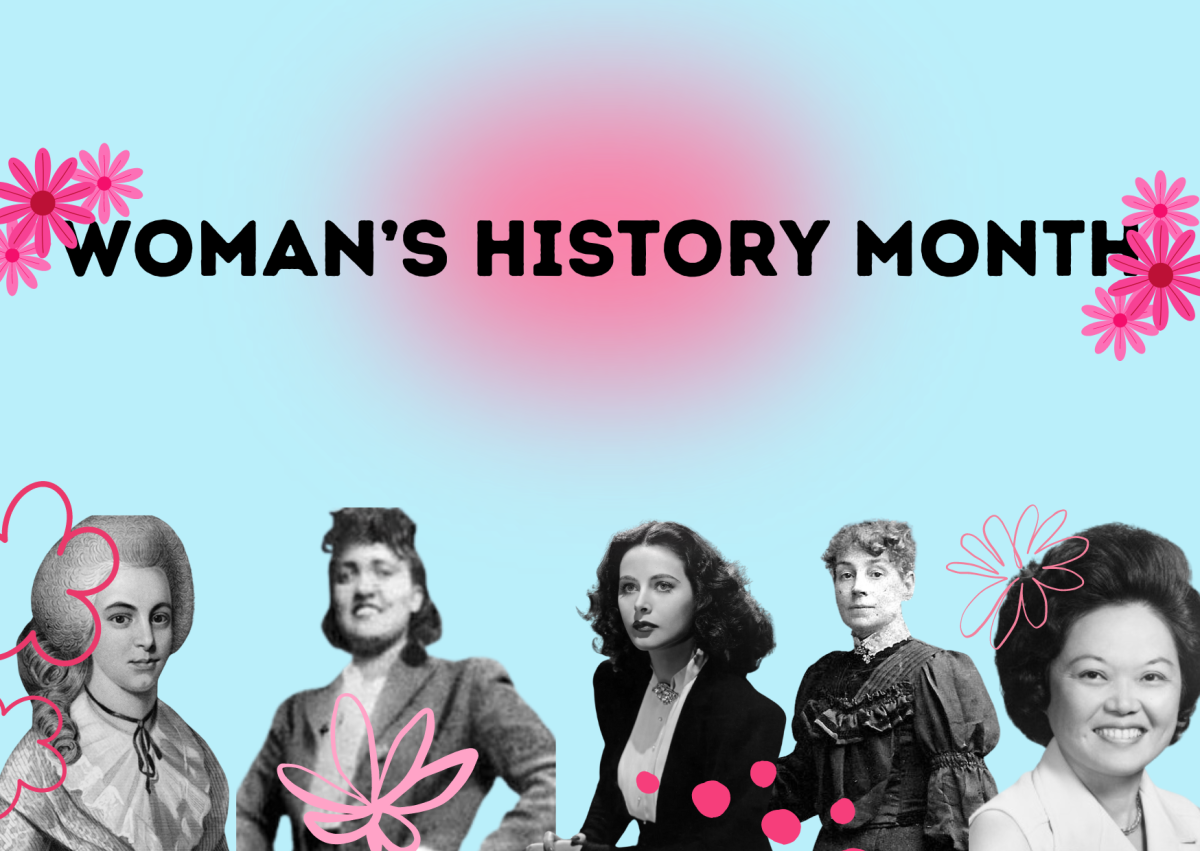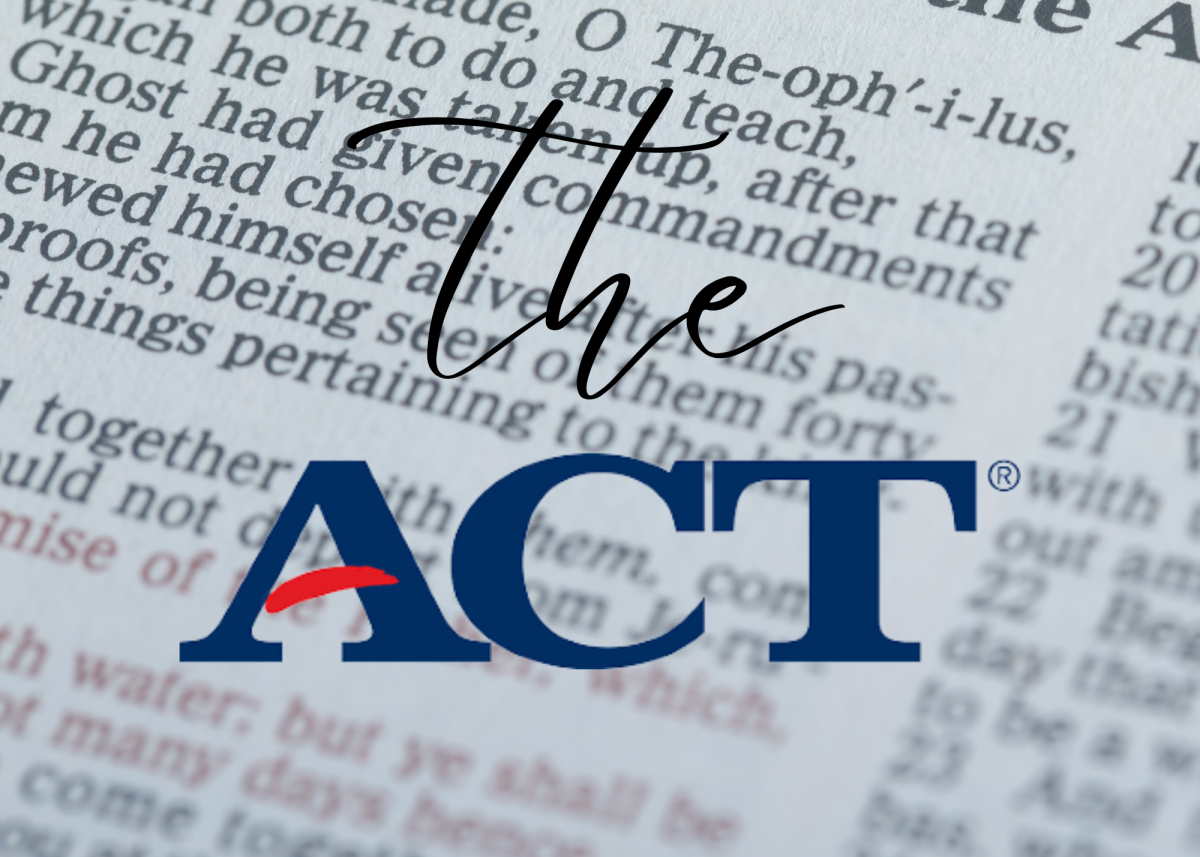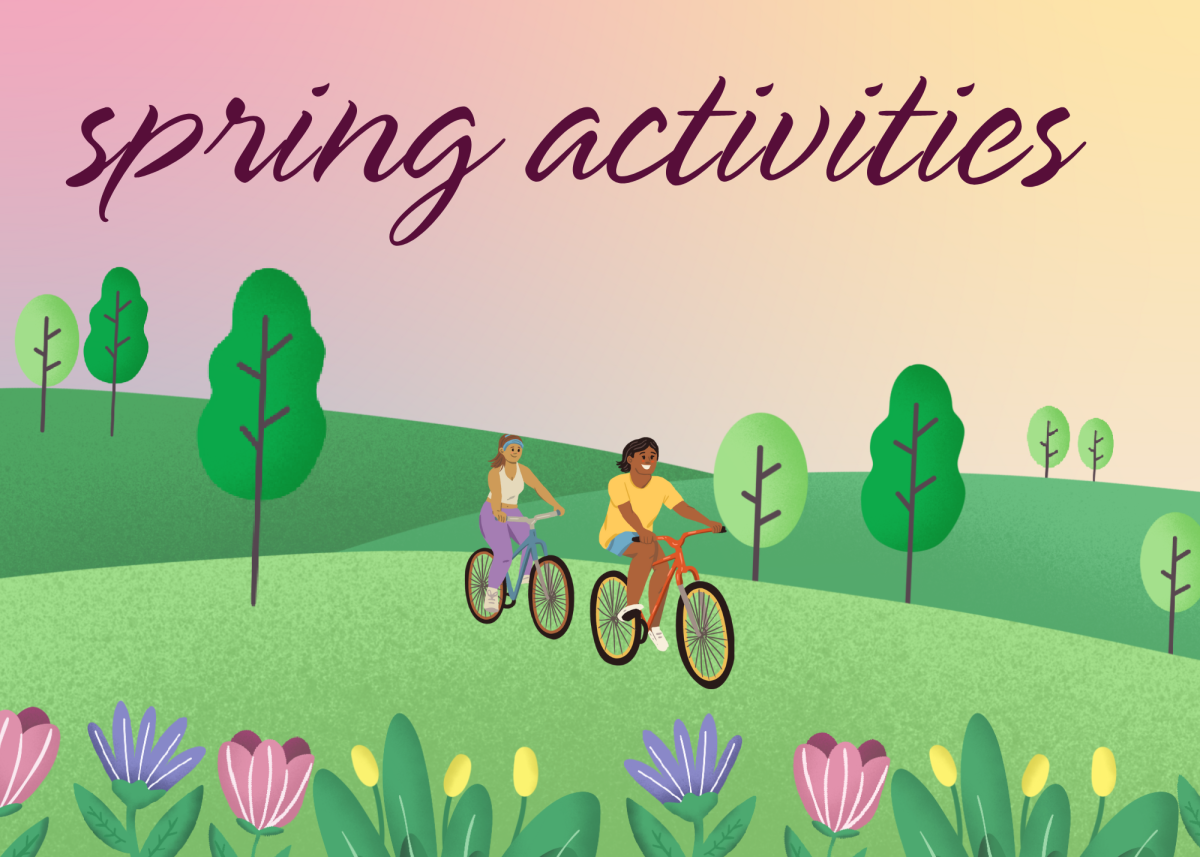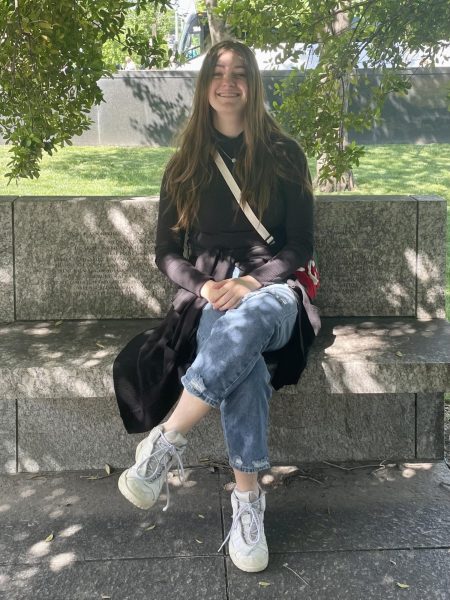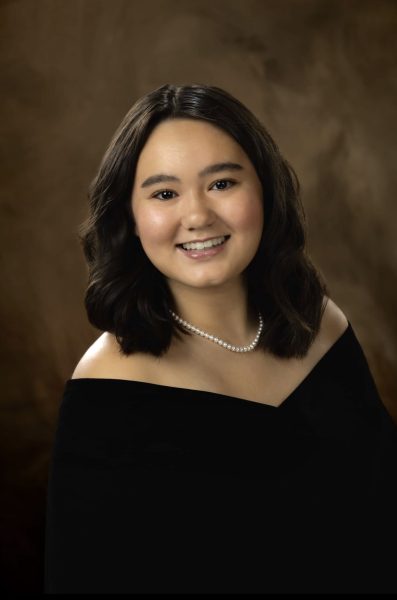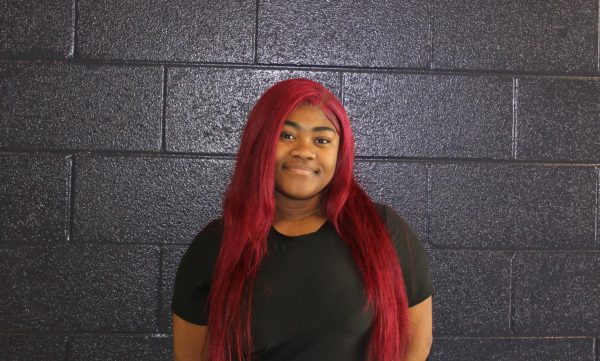Women’s History Month is a great time to recognize the women throughout history and around the world whose contributions have helped shape our world today. There are many women who fought against gender and race barriers, changed laws and accomplished things women before them hadn’t been able to achieve that many don’t know about. They helped pave the way for women today.
Sarah Chapman
Sarah Chapman was born on Oct. 31, 1862, in London. She worked at Bryant & May Match Factory in the 1880s. The workers were all young girls and women, who worked long hours for little pay. A major problem was the exposure to white phosphorus that they worked with. Bryant and May refused many allegations and tried getting workers to sign statements that were fabricated.
On July 5, 1888, 1,400 workers walked out on strike from the factory. Several of the women met with social reformer Annie Besant, and together they established the Match Girls’ Strike Committee.
Sarah Chapman was one of the few women who got to meet with Besant, as well as be elected as a leader in the committee. In two weeks of the workers’ striking, all their strike demands were met.
Following the strike, she was elected to the new Union Committee and was the first representative of the International Trades Union Congress.
The match girl strike showed more of the working class that they could fight for their rights and safety. The strike also caused a wave called “New Unionism” causing the industrial industry to be changed for the workers and help for the improvement of their rights.
Eliza Hamilton
Elizabeth “Eliza” Hamilton was the wife of one of America’s founding fathers, Alexander Hamilton. Born in 1757, Eliza Hamilton grew up amid the American Revolution, and she lived through the creation of the United States.
In 1804, her husband, Alexander Hamilton, died in a duel and she wanted to carry on the legacy that her husband helped create, America. She founded two institutions in New York that supported children who come from low-income families.
One institution she established was The Hamilton Free School in northern Manhattan. Most people were not educated unless they could pay for private education. This established a precedent for more public schools and all people receiving education.
The second institution was the Orphan Asylum Society; it was New York’s first private orphanage. Alexander Hamilton became an orphan at the young age of 13. This institution built a Greenwich Village facility that gave children homes.
Eliza Hamilton was ahead of her time and many children benefited from her actions.
Henrietta Lacks
Henrietta Lacks was born on Aug. 1, 1920, in Virginia. Like most of her family, she worked as a tobacco farmer. She dropped out of school at a young age to help care for and support her family. At the age of 30, she had five children.
Shortly after giving birth to her last child, doctors discovered a tumor on her cervix. There were very few hospitals that treated poor, Black Americans at the time. She started receiving radium treatments for her cancer.
During a biopsy, her cancer cells were collected and sent to a tissue lab of a prominent cancer researcher, George Gey. He had collected many patients’ cells, but they all quickly died. However, Lacks cells were doubling daily.
Today, these cells are named HeLa cells, after Lacks, and they are used to test different treatments on the cancer cells without experimenting on humans.
At the time, it was not legally required to inform the patient or their family if they collected their cells, and Lacks’ family was never compensated for their use in the medical field.
Her family today only wants people to be informed where HeLa cells come from and to hear the story of Henrietta Lacks. Her granddaughter, Jeri Lacks- Whye, said, “I want scientists to acknowledge that HeLa cells came from an African American woman who was flesh and blood, who had a family and who had a story.”
Lacks cells have led to many advances for cancer research and helped develop in vitro fertilization. Beyond all of this though, she was a loved woman and mother in her community.
Hedy Lamarr
Hedy Lamarr was born in 1914 in Vienna, Austria. She was an actress, but beyond that she was an inventor. She pioneered modern communication.
“Hedy Lamarr proved that you can have brains and beauty, and that you don’t have to fit in one mold” Isabella Smythe, a senior at Blackman High, stated when asked about her thoughts on Hedy Lamarr.
Lamarr wanted to help the Allied powers during World War II. She explored potential applications for radio technology in the military. To prevent the jamming or interception of radio signals she used different radio frequencies at irregular intervals.
She called this “frequency hopping.” Partnering with the United States Navy, they codeveloped a patent in 1941. This allowed the military to use the radio without fear of communication being intercepted by the Axis powers.
Her work with technology made wide range wireless communication possible. This therefore led to the creation of Wi-Fi, GPS, and Bluetooth.
Patsy Mink
Patsy Mink was born on Dec. 6, 1927, in Hawaii. When attending the University of Nebraska in 1946, she sought out to change the school’s racial policy, which forced nonwhite students to dorm away from the white students. She created a coalition of her peers, employees, alumni and administrators. They were able to end the policy that same year.
With the goal of furthering her education, she applied to multiple medical schools but was rejected because she was a woman. Eventually, after being encouraged to look into law, she applied to Colombia University and the University of Chicago Law School. She was accepted into Chicago and was one of two women in her class.
After graduating, she continued to struggle with discriminatory laws, but she successfully took the bar exam, opened her own practice, became a member of the Democratic Party and worked to change the very laws that went against her.
In 1956, she ran for the House of Representatives and became the first Japanese American woman to serve in the territorial House, and later the first in the territorial Senate. For the next 46 years, she continued to fight for gender and racial equality, affordable childcare and bilingual education.


